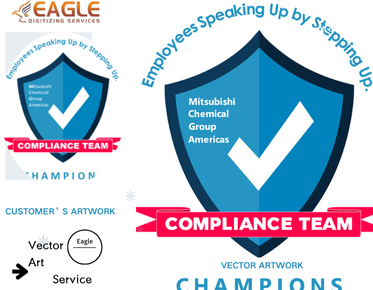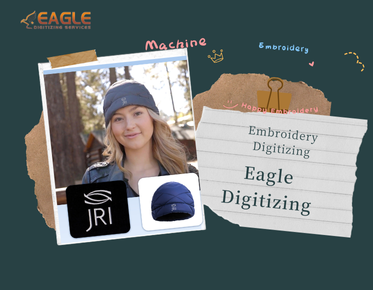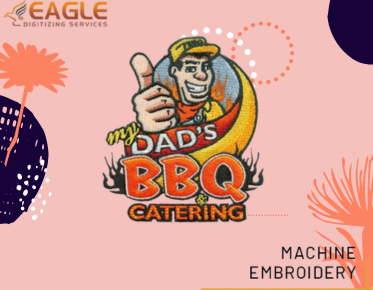How to Attach a Metal Ring to a Screen Print Mesh
Screen printing is a versatile printing method that offers extensive flexibility in design possibilities. However, ensuring the durability and stability of the screen printing mesh assembly is crucial, especially when attaching additional elements, such as metal rings, to the mesh.
Understanding the Basics of Screen Printing Mesh
Before diving into the process of attaching a metal ring, it's important to grasp the basic structure of screen printing. The mesh, typically made of materials like polyester, is stretched across a frame, creating a flat and taut surface that is pivotal for the screen printing process. Knowing how to manage and maintain this tension is vital, as it directly influences the print's precision and quality. Various vector art services can provide advice and tools for optimizing your print setup, ensuring the mesh is in perfect condition.
Choosing the Right Metal Ring
Material and Size Considerations
When selecting a metal ring to attach, consider both the ring's material and size. Stainless steel and aluminum are commonly preferred due to their resistance to wear and corrosion. The size should match the mesh's thickness and the frame's dimensions to guarantee a secure fit without damaging the screen.
Preparing Your Tools and Workspace
Prepare your workspace by ensuring you have all the necessary tools: pliers, a mesh cutter, and tensile strength seamers. Clean and organize your workspace to prevent any debris from interfering with the mesh or tools. Additionally, ensure sufficient lighting is available for detailed tasks.
Steps to Attach a Metal Ring
Step 1: Mark the Position
Begin by marking the exact location where you want the metal ring. Use a marker that is visible yet removable to avoid permanent marks on the mesh. Precision in placement is key for maintaining the structural integrity of the mesh.
Step 2: Cut a Small Hole
Use a mesh cutter to carefully make a small incision at the marked spot. The cut should be just enough for the metal ring to pass through without compromising the mesh's tension.
Step 3: Inserting the Metal Ring
Insert the metal ring through the cut, ensuring it sits snugly against the mesh. Adjust the tension as necessary to compensate for any loosened areas caused by the incision.
Step 4: Securing the Ring
Use pliers to firmly secure the ring. Ensure that it does not move freely, which might risk further tearing the mesh during use. If needed, apply additional tension to the surrounding area.
Ensuring Longevity and Durability
After attaching the metal ring, regularly inspect the mesh during use to ensure there are no signs of wear or potential failure. Maintenance is critical, especially in commercial applications where the mesh must perform under continuous use.
Integrating Vector Conversion Services
For those in the business of print production, enhancing the durability and versatility of their setups is a constant goal. Vector conversion services can aid in this aspect by providing high-quality vector graphics that require precision and care in their application. These services allow for easier customization and adaptation to various projects and designs.
Exploring Professional Assistance
Companies like Eagle Digitizing offer vector art conversion services, transforming designs into scalable and crisp vectors. Working with professionals ensures that your artwork meets industrial standards and is ready for different printing applications.
Looking Ahead
As screen printing technology evolves, so do the methods and materials used to enhance its products. The integration of more durable and versatile components, such as metal rings, into the screen mesh not only expands functional possibilities but also demands innovation in method and design. This presents an ongoing challenge and opportunity for screen printers to push the boundaries of what's achievable, all while ensuring quality and efficiency in their craft.



